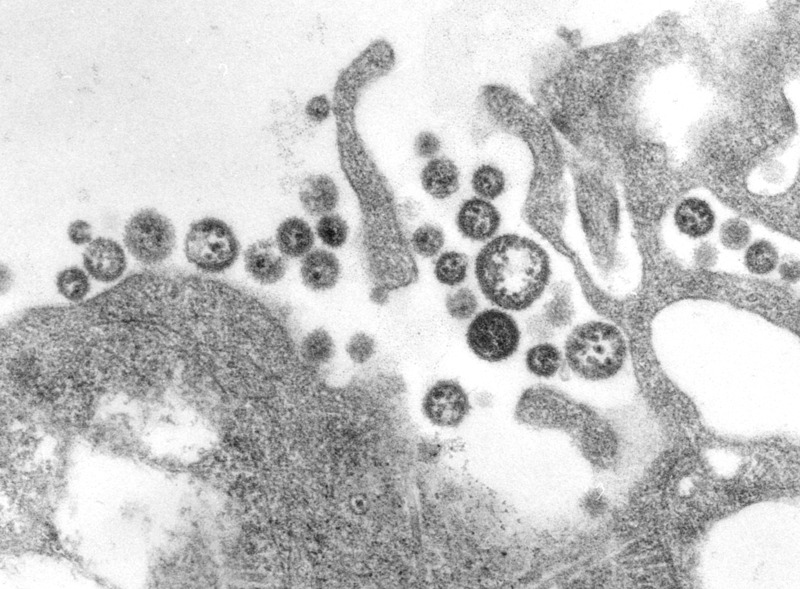The outbreak of the endemic virus continues to mount, both in suspected and confirmed cases and deaths, according to up-to-date data from the Nigeria Centre of Disease Control.

Image/ Vardion at the English Wikipedia project
As of Jan. 20, of the 239 confirmed and suspected Lassa fever cases reported from 18 Nigerian states, 82 confirmed and suspected Lassa deaths have been documented.
The states of Niger, Bauchi and Taraba have seen the most cases with 56, 38 and 23, respectively. Niger state accounts for a quarter of the deaths (21).
Because of the outbreak, the garri industry (a popular West African food made from cassava tubers) may be in trouble, which totals billions of naira in economic activity.
According to the Nigerian Guardian:
The threat to the garri industry is due to a message currently circulating widely on the social media platforms warning Nigerians against the consumption of garri. The message reads: “The problem is that most of our garri sellers buy their garri from bush markets.
This garri is often fried half dry and subsequently dried on polythene sheets on the tarred roads or compounds in the villages where rats feed on them and in the process defecate and urinate on the garri, which dries up with it. If used for eba, the virus may die because of the hot water used. But if soaked in normal water and consumed, the virus is directly ushered in.”
In addition, Nigerian Health Minister, Prof. Isaac Adewole warns that the battle against Lassa is quite different than the recent battle against Ebola Virus Disease.

C. S. Goldsmith, P. Rollin, M. Bowen
He said, “We cannot win the battle against Lassa fever the same way we won the one against Ebola.
“Ebola happened to be a single importation to the country. Lassa fever is endemic in Nigeria.
The response to the outbreak includes 71,000 tabs of Ribavirin, 20,750 vials of parenteral Ribavirin and 960 pieces of PPE distributed to the affected states as of today; Isolation centers have been identified in most states; NCDC/Niger state team supervised the safe burial of a suspected case today and 5 National laboratories with PCR capability are currently conducting analysis of samples.
According to the US Centers for Disease Control and Prevention (CDC), Lassa fever is an acute viral illness that occurs in West Africa. The virus, a member of the virusfamily Arenaviridae, is a single-stranded RNA virus and is zoonotic, or animal-borne.
Lassa fever is a significant cause of morbidity and mortality. While Lassa fever is mild or has no observable symptoms in about 80% of people infected with the virus, the remaining 20% have a severe multisystem disease.
The animal host of Lassa virus is a rodent known as the “multimammate rat” of the genus Mastomys. Humans get infected with Lassa through aerosol or direct contact with excreta from the rodent. Laboratory infections do occur primarily through contaminated needles.
The symptoms of Lassa fever typically occur 1-3 weeks after the patient comes into contact with the virus. These include fever, retrosternal pain (pain behind the chest wall), sore throat, back pain, cough, abdominal pain, vomiting, diarrhea, conjunctivitis, facial swelling, proteinuria (protein in the urine), and mucosal bleeding. Neurological problems have also been described, including hearing loss, tremors, and encephalitis.
The Lassa virus and was 1st described in 1969 in the town of Lassa, in Borno State, Nigeria.
Related:


3 thoughts on “Lassa fever deaths mount in Nigeria, Niger State hit the hardest”